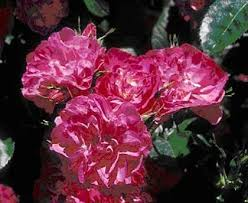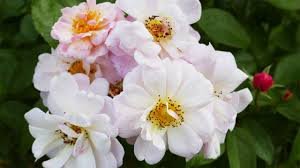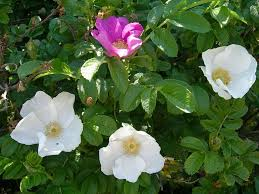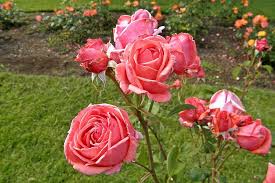Roses are one of the most diverse and popular flowering plants, with thousands of species, hybrids, and cultivars. They come in an array of colors, shapes, and sizes, from petite blooms to massive blossoms with over a hundred petals. One of the most versatile and widely grown categories is the shrub rose, which includes many varieties that don’t fit neatly into other classifications.
What Is a Shrub Rose?
While all roses are technically shrubs from a botanical standpoint, the term “shrub rose” refers to a specific group of modern roses, characterized by their hardiness, ease of care, and diverse growth habits. This classification includes varieties like groundcovers, climbers, and other plants that don’t fit within traditional rose categories. Shrub roses became commercially popular after renowned breeder David Austin introduced his English roses, which were officially categorized as shrubs by the American Rose Society.
Sub-Classifications of Shrub Roses
Shrub roses can be broken down into various subcategories based on their origins and characteristics:
1. Hybrid Kordesii
Hybrid Kordesii roses were developed in the mid-1900s at the German nursery, House of W. Kordes Sohne. These roses are prized for their cold hardiness, disease resistance, and ability to thrive in challenging climates, such as the Canadian winters. Notable varieties include:

- Alexander MacKenzie: Known for its vibrant, raspberry-red double blossoms and hardiness to Zone 3.
- Dortmund: A climbing variety with deep red flowers and glossy green foliage.
- Lambert Closse: A compact, bright pink rose that is hardy down to Zone 3.
2. Hybrid Moyesii
Bred from the Moyes rose species native to China, Hybrid Moyesii roses are known for their disease resistance and striking orange hips. Key varieties include:
- Geranium: A compact rose with bright red blossoms, reaching 8 feet tall, ideal for smaller gardens.
- Highdownensis: A climber with crimson flowers and large, bottle-shaped hips that are disease-resistant.
3. Hybrid Musk
These roses are bred from the musky-scented R. moschata species, known for their fragrance and relatively low maintenance. They perform well in partial sun and often have thornless canes. Some popular varieties are:

- Cornelia: A thornless climber with pale pink to salmon-colored double flowers.
- Felicia: Known for its frilly, fragrant pink blossoms, it blooms throughout the season and is highly disease-resistant.
- Pink Prosperity: A hardy rose that thrives even in partial shade, producing pink flowers with a deep red bud.
4. Hybrid Rugosa
Hybrid Rugosa roses, often from the R. rugosa species, are extremely cold-hardy, fragrant, and resistant to black spot. Varieties like Hope for Humanity and Jens Munk are excellent for harsh climates, and their large, colorful hips add visual interest.

Shrub Roses and Their Growth Habits
Shrub roses can range from low-growing groundcovers to towering climbers that reach up to 15 feet tall. They are hardy, easy to grow, and require minimal care compared to older garden varieties. They are less susceptible to pests and diseases than species roses but may require some attention in humid climates. While shrub roses produce smaller blooms compared to some hybrid teas, their flowers are often clustered, creating a vibrant, long-lasting display throughout the growing season.
Care for Shrub Roses
Shrub roses are relatively low-maintenance, making them perfect for both beginner and experienced gardeners. To keep them thriving:
- Sun and Soil: Plant them in full sun with well-draining soil. Some varieties can tolerate partial sun or partial shade.
- Watering: Water when the top inch of soil dries out, especially during dry spells. While most shrub roses can handle drought, it’s important to avoid letting them dry out completely for extended periods.
- Deadheading: While not always necessary, deadheading will encourage more blooms. Some shrub roses may require deadheading for multiple flushes of flowers.
- Pruning: Prune your shrub roses annually in early spring, cutting them back to about one to two feet above the ground. Remove any dead or diseased canes, and thin out any canes that rub against each other.
Conclusion
Shrub roses offer a wonderful variety of growth habits, colors, and forms, from compact ground covers to towering climbers. Whether you’re looking for a hardy, fragrant addition to your garden or a disease-resistant shrub that requires minimal maintenance, shrub roses are an excellent choice. With a range of sub-classifications, including Hybrid Kordesii, Hybrid Moyesii, Hybrid Musk, and Hybrid Rugosa, there’s a shrub rose for every garden.
